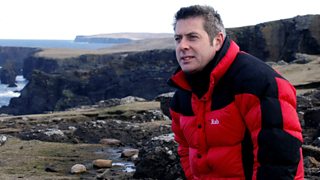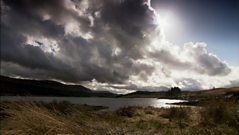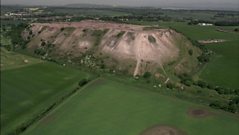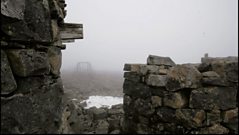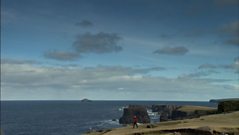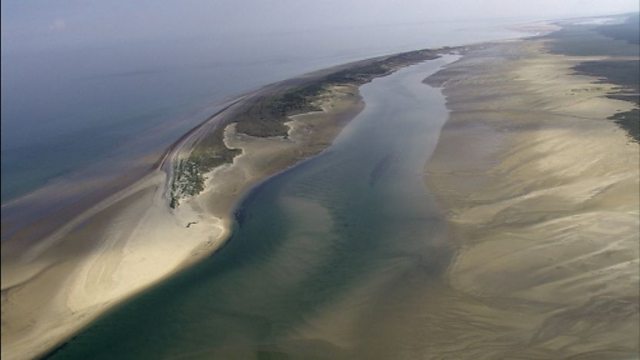
Culbin Sands (The Little Ice Age)
From the 14th Century, the historical archives provide a previously unrecorded history of how floods, storms, blizzards and even volcanic eruptions influenced the Scotland’s climate. Scotland’s people adapted to changes in climate and weather through the ages.
From the 14th Century, the historical archives provide a previously unrecorded history of how floods, storms, blizzards and even volcanic eruptions influenced the Scotland’s climate. Scotland’s people adapted to changes in climate and weather through the ages, but time and again we find accounts of people struggling to find enough food to survive. “Bitterly cold gales had destroyed the corn before it ripened, great numbers of people died in the open fields…some were so desperate that they threw themselves into the sea…” William Thomson, Orkney 1634
The ‘Little Ice Age’ as it became known, culminated in the 1690s and seven years of famine – known at the time as “King William’s Dear Years”. The rigors of our present climate are as nothing compared with the harsh, hostile weather experienced during this “Little Ice Age”. Belts of sea-ice appeared along the southeastern coast of England and northern France; many harbours were choked with ice. Caught in a south-bound ice floe, a lone Eskimo was driven into the River Don in Aberdeen around 1700. The man was described as “all-over hairy” and spoke a language no-one could understand. The climate was around two degrees cooler than today and lasted around 500 years; an interval that brought not just snow and ice, but storms to places like Culbin Sands.
Duration:
This clip is from
More clips from The Climate
-
![]()
The Lochs of Galloway Forest
Duration: 02:08
-
![]()
Bathgate, West Lothian
Duration: 02:49
-
![]()
Ben Nevis
Duration: 02:06
-
![]()
The Grind Of Navir (Shetland)
Duration: 03:13
More clips from Making Scotland's Landscape
-
![]()
The Grind Of Navir (Shetland)—The Climate
Duration: 03:13
-
![]()
Ben Nevis—The Climate
Duration: 02:06
-
![]()
Bathgate, West Lothian—The Climate
Duration: 02:49
-
![]()
The Lochs of Galloway Forest—The Climate
Duration: 02:08
